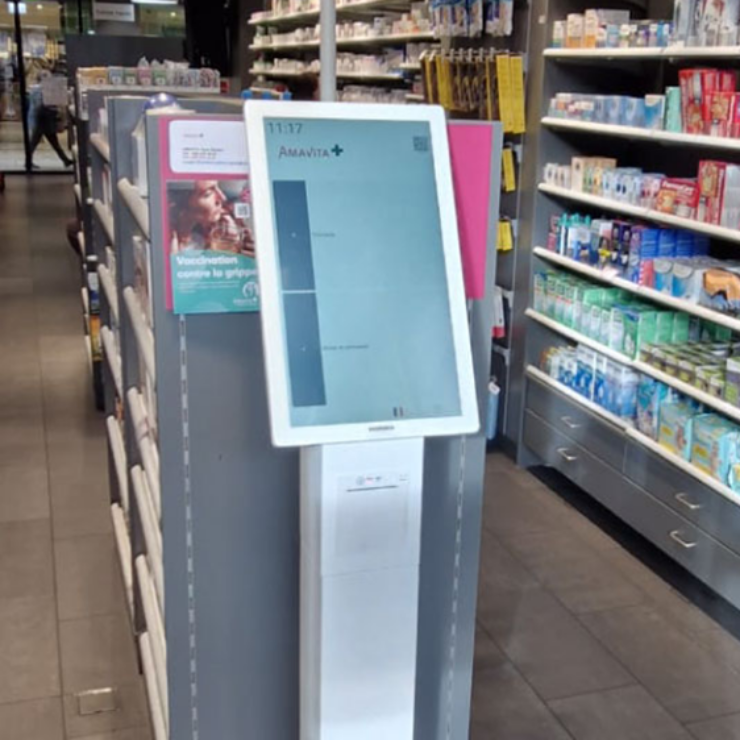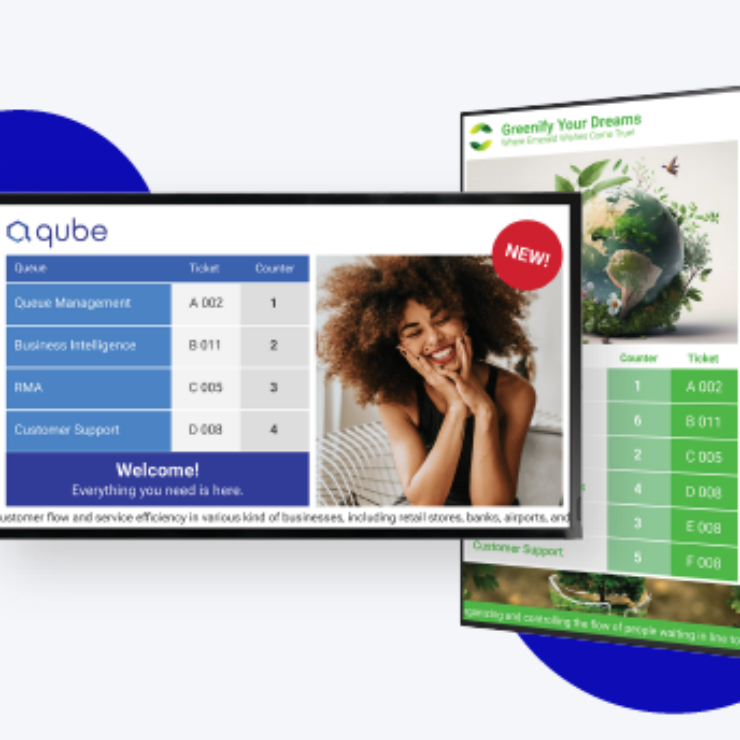
Enhancing Healthcare Efficiency with Queue Management Systems
Waiting at a healthcare facility often triggers feelings of discomfort and anxiety. The uncertainty regarding the waiting time is, for many, a stressful moment caused by being around other unwell individuals. All these waiting processes and patient experiences can be improved with a queue management system.
Patient queues are common in hospitals and clinics worldwide, often leading to frustrations among patients and staff alike. These queues can result in prolonged waiting times, reduced patient satisfaction, and even compromised healthcare service quality. However, with the implementation of advanced queue management systems, these challenges can be mitigated effectively.
Key Benefits of Queue Management Systems in Healthcare
Queue management systems are proving to be powerful tools that healthcare facilities can leverage to streamline their operations and enhance the overall patient experience.
- Improved Patient Experience:
Queue management systems prioritize patient comfort and convenience. They enable patients to check in quickly, receive real-time updates on their wait times, and wait in designated areas instead of standing in long, stressful lines.
Patient notifications and alerts offer significant advantages to healthcare facilities. These features keep patients updated about their appointments, wait times, and important updates. This helps reduce patient worry and improves their overall experience.
This not only enhances patient satisfaction but also reduces anxiety levels. - Efficient Staff Allocation:
These systems provide hospital staff with real-time information about patient flow, helping in better staff allocation. Medical professionals can attend to patients promptly, ensuring that critical cases receive immediate attention while minimizing delays for routine appointments. - Enhanced Productivity:
Queue management systems optimize hospital workflows, reducing administrative overhead and freeing up staff time for more meaningful patient interactions. This increased efficiency translates into faster service delivery, reduced waiting times, and a smoother overall healthcare experience. - Data-Driven Decision-Making:
These systems collect valuable data on patient traffic, peak hours, and service durations. Healthcare administrators can use this data to make informed decisions, such as adjusting staff schedules or optimizing resource allocation, leading to cost savings and improved service quality. - Customizable Solutions:
Each healthcare facility is unique, and queue management systems can be tailored to suit specific needs. Whether it’s a small clinic or a large hospital network, these systems can be customized to meet the facility’s requirements and scale as needed.
Queue management systems have become indispensable tools for healthcare providers seeking to enhance patient experiences, optimize operations, and ensure efficient resource utilization. By investing in these systems, hospitals and clinics can transform the way they manage patient queues, ultimately delivering better healthcare services to their communities.
How a Queue Management System work in the Healthcare Industry
A Queue Management System in the healthcare industry facilitates a streamlined patient flow, ensuring a smooth journey from check-in to service delivery.
- Appointment Scheduling:
Patients can schedule appointments in advance, reducing the need for walk-ins and managing patient flow more efficiently. - Patient Check-in:
Upon arrival at the healthcare facility, patients use the ticket kiosk to check in, by generating a ticket (a traditional in paper, or digital using a smartphone). Patients receive a queue number or a digital ticket, providing them with real-time updates on their position in the queue. - Real-time Queue Monitoring:
The queue management system provides real-time information on wait times and queue statuses for different services within the facility.
Staff can monitor the queue and redistribute resources to manage patient flow effectively. - Notification and Alerts:
Patients can receive automated notifications, via SMS or email, keeping them informed about their wait times and when it’s their turn for the appointment. This helps reduce perceived wait times and enhances the patient experience. - Patient Feedback and Surveys:
After the appointment, patients can be prompted to provide feedback on their experience. Facilities can collect valuable insights to continuously improve service quality and patient satisfaction.
A powerful management tool for healthcare assisting a seamless, organized, and efficient journey for patients.
In the past, patients have often felt incapable of managing their healthcare experience. Today, patients feel they can handle the situation better just by having access to information about the waiting time.
Patients want the ability to schedule, manage, and wait for their turn or appointment remotely. They can check in via several channels and queue where they choose. During their wait, they receive updates about their place in line and the forecasted wait time. These informative status notifications improve the patient’s experience by setting realistic expectations while also empowering healthcare staff to be more efficient: a win-win situation for both parties.




